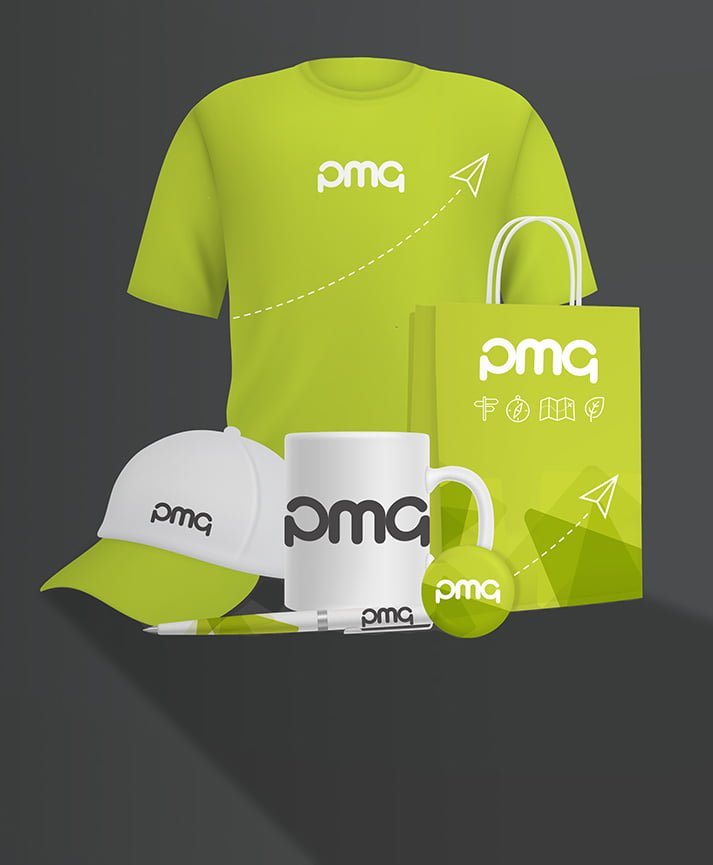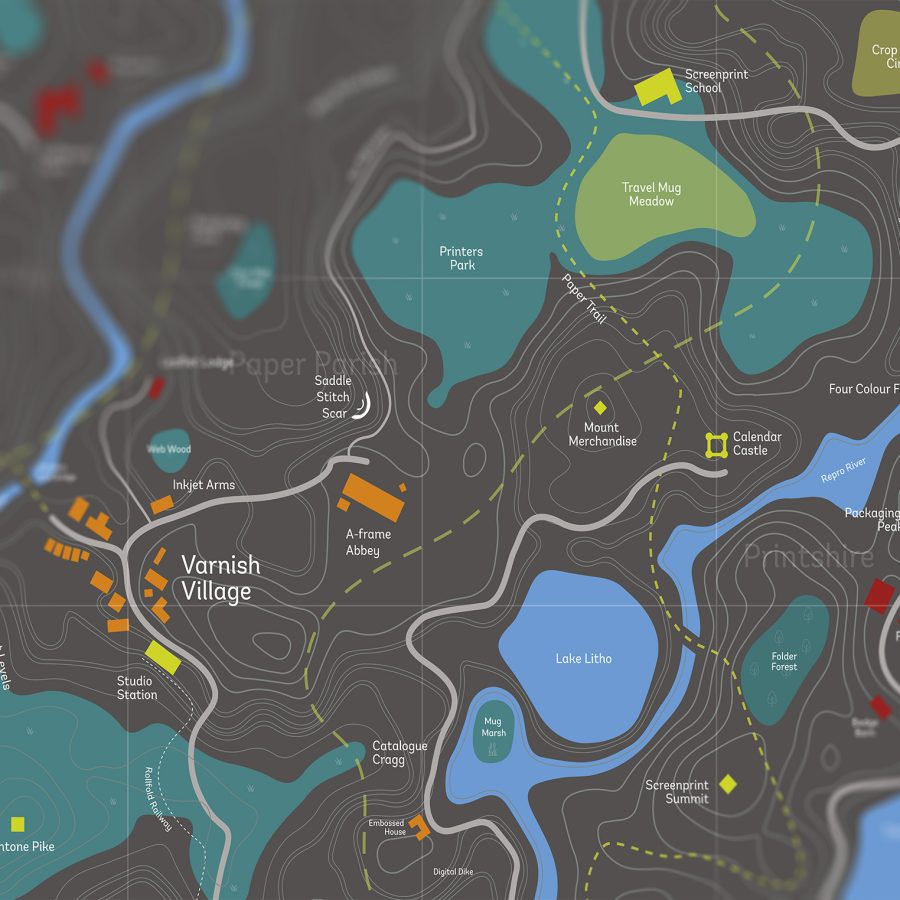
All the way up here in the heady, technology-driven days of the 21st century, it’s easy to take such things as printing and print management for granted. These techniques, however, have not always been a part of our lives, and it’s impossible to overstate the importance of printed words and images in informing contemporary society and culture. Printing and print management are processes that have evolved over hundreds of years, so next time you pick up a newspaper, read the nutritional information on a food package or glance at a glossy printed advert, consider the evolutionary processes necessary to produce such everyday items…
Block printing
Block printing is the very earliest form of printing known to humankind, and was widespread across East Asia as early as 220 AD. Block printing involved applying ink or dye to raised patterns cut into wood or other materials, allowing an impression to be printed onto cloth, and later, paper. Block printing was little more sophisticated than the potato or lino prints you’ll have produced during your school days, and although creating the blocks themselves was a labour-intensive process, people soon found that block printing could be used to create multiple images and text far quicker and more economically than producing them by hand. The art of print management was born.
Johannes Gutenberg
Flash-forward to the 15th century now and a name we’re sure you’ll be familiar with: Johannes Gutenberg. In 1450, Gutenberg perfected the revolutionary printing press – a device that was capable of employing a ‘movable type’ printing technique that could reproduce entire words in fast, flexible fashion. Where printing a page of text was once a delicate, laborious process, the printing press made it possible to produce entire publications in a fraction of the time. In its day, the impact of the printing press was inconceivable.
News, propaganda and marketing
Gutenberg’s printing press spread across Europe and the wider world, and soon societies were utilising the technology for the purposes of disseminating news, marketing products and services and spreading propaganda. Famously, the Gutenberg Bible was the first book to be printed with the movable type technique, but soon after newspapers, flyers, posters and other printed materials were created using versions of Gutenberg’s press. Movable type allowed printed products to be produced quickly and economically, so for the first time ever, print management became a legitimate concern.
Colour printing
While the printing press allowed the economical application of a single colour of ink to cloth or paper, coloured prints were still beyond automation. Incredibly, hand colouring remained the most successful technique until the introduction of chromolithography in the 19th century, and both techniques proved ruinously expensive until much later still. The Industrial Revolution had a significant effect on the printing world too, with new automated processes allowing printed materials to be produced quicker and cheaper than ever before. At this time, print became an integral part of marketing, promotion and advertising.
Digital printing
Today, print management refers to the process of handling digital printing processes such as laser printing, photocopying and inkjet printing. The majority of these digital processes were first developed in the 1960s and ‘70s, during the advent of the digital revolution. Such technologies have since been refined and developed, allowing us to design high-quality packaging, posters, flyers, publications and internal admin speedily. This top-notch technology also means that we are able to print in quantities at both ends of the scale. Perfect for businesses both big and small. Looking back at the labour intensive printing processes of yesteryear, it’s incredible to consider how far we’ve come in just a few hundred years!
Understanding the history of printing allows us to better appreciate the processes involved in creating your printed products today. If you’d like to save time, money and resources on your next printing project, our clever print management services can help. Contact us today and find out what we can do for you in future!
















































